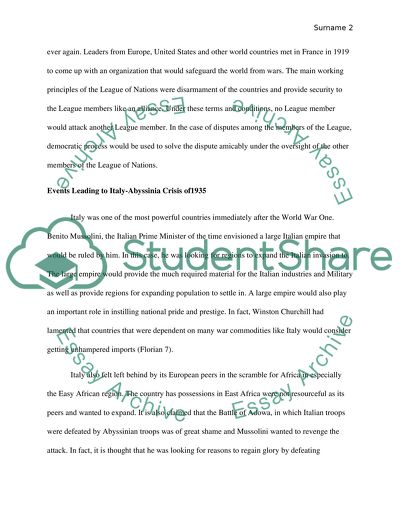Cite this document
(“The Abyssinian crisis led to the failure of the League of Nations Essay”, n.d.)
Retrieved from https://studentshare.org/history/1497371-abyssinian-crisis-of
Retrieved from https://studentshare.org/history/1497371-abyssinian-crisis-of
(The Abyssinian Crisis Led to the Failure of the League of Nations Essay)
https://studentshare.org/history/1497371-abyssinian-crisis-of.
https://studentshare.org/history/1497371-abyssinian-crisis-of.
“The Abyssinian Crisis Led to the Failure of the League of Nations Essay”, n.d. https://studentshare.org/history/1497371-abyssinian-crisis-of.


